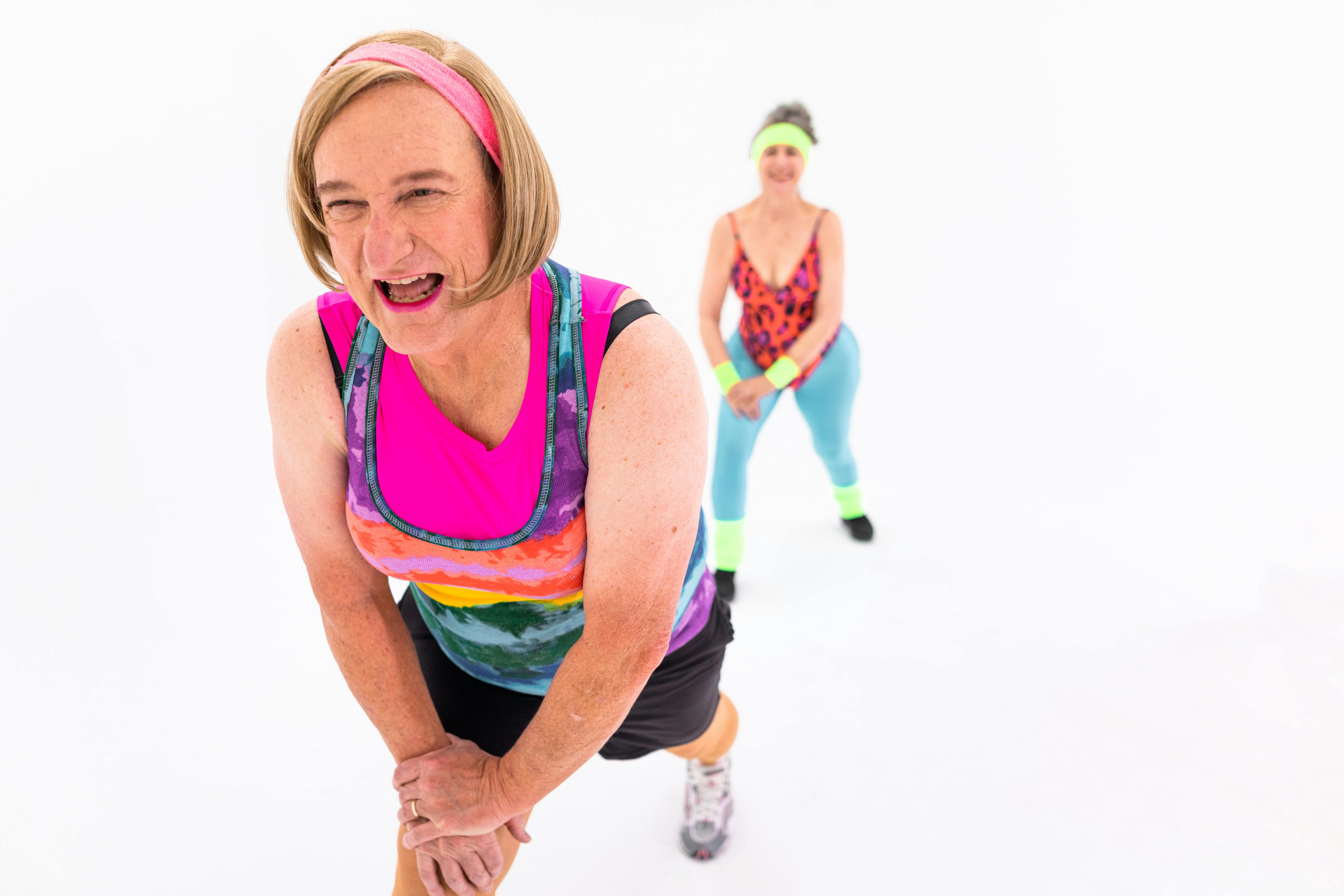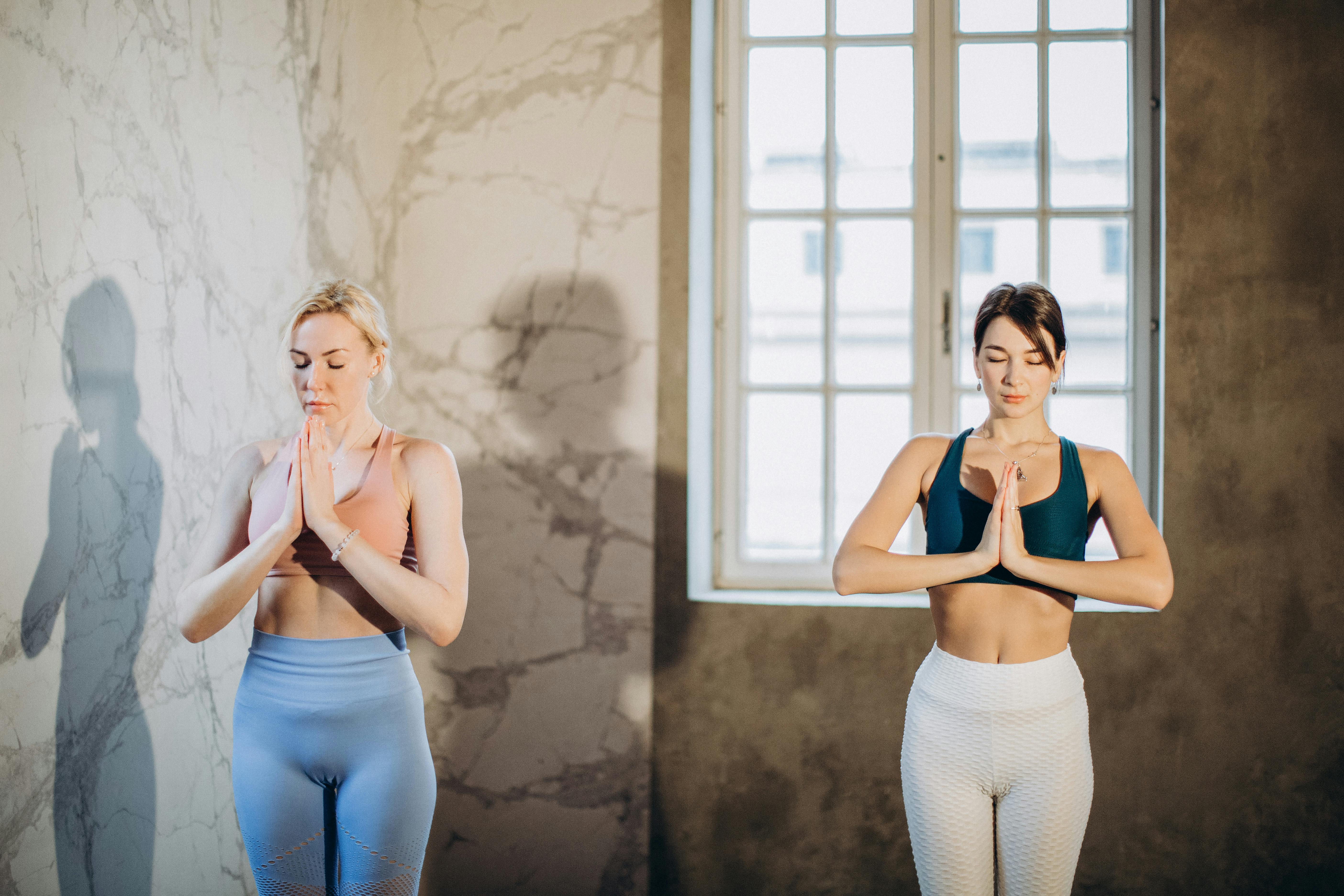At the Canyon Ranch Health Resort in Tucson, Arizona, guests find healing in the water. The resort’s 11,000-square-foot aquatic center features three Watsu pools, a cross-training pool with conditioning equipment, two aquatic therapy pools, and a hot tub. There’s also a full aquatic exercise station and it’s making a splash with guests.
“Water is the wave of the future,” said Karma Kientzler, an aquatic therapy expert and outside consultant at Canyon Ranch in Tucson. “People are using their bones and joints to such an extent that water will become the medium for most people to sustain themselves.
healthy. It is a means to enhance and enrich life, especially in a health care and spa environment.”
The Aquatrend, scientifically engineered stainless steel equipment, was installed at Canyon Ranch about 10 years ago to help take the “work” out of workouts, Kientzler said. It makes working out a pleasurable experience, especially for those suffering from arthritis, knee and hip replacement, or recovering from sports injuries. The power of water has become an integral part of spa relaxation and rejuvenation – it is a healer, a stress reducer and a service that can be enjoyed by everyone, regardless of age or physical condition,” she said.
For the physically challenged or non-swimmer, aquatic exercise is safe because there is always something nearby to hold on to.
On the other hand, those who are more fit or who are interested in the endurance benefits of ‘Aquacise’ or aquatic therapy can
Use an aquatic exercise station to target isolated areas of the body to lose weight and inches, and to facilitate aerobic and anaerobic exercises.
training. It provides the basic exercise that everyone needs to strengthen the cardiovascular and respiratory systems while building strength and endurance.
‘The value of aquatic exercise’
According to the Aquatic Exercise Association, aquatic fitness is defined as activities performed in the water that promote
and improve physical and mental fitness. Aquatic fitness is typically performed in an upright position in shallow or deep water.
Water. There are numerous applications to attract a wide variety of participants.
Is that how it works. . . and why it works. Water protects the body from gravity and makes a person virtually weightless when
they are totally submerged. When a person’s head is above water, he or she weighs about 10 percent of normal
body weight. Therefore, exercising in the water offers protective cushioning that exercising on land cannot.
Researchers tell us that exercise injuries are generally impact related. Every time a person’s foot comes into contact with
the ground, the impact occurs. Because a person weighs much less in the water, the impact on the body is reduced. The water has
same advantages in toning as in cushioning. To get muscles into shape or “toned,” a person has to work against
something. On land, a person fights against gravity, but water limits the effect of gravity on the body.
Aquatics: ‘hard to resist’
Mike Jandzen, director of aquatic activities at Sea Colony Resort in Bethany Beach, Delaware, responsible for water management
fitness programs at the property’s 12 pools and gym, said hardcore athletes are drawn to working out at a gym
because they prefer a more gravitational type of resistance for muscle toning and strength training. However, Jandzen said that
is seeing increasing interest in the property’s aquatic programs, such as aqua aerobics and aquatic exercises, because they can be enjoyed by young and old alike and offer cardiovascular conditioning, strength training and muscle toning while reducing greatly the impact on the muscles and joints.
“Over the last few years, we’ve seen water sports become the exercise vehicle of choice,” he said. “We have had a water
exercise unit in our aquatic therapy pool for many years, and is constantly in use. Our older guests enjoy it as therapy
as well as for strength training and muscle toning. The water aspect makes it low impact. It’s easy to use, easy on the joints and muscles because the buoyancy relieves the demands placed on all parts of the body.”
Every time a person gets into the pool, they are losing weight due to the resistance offered by the water, noticing that the
The resistance of water is 12 times that of air. When exercising in the water, the body still generates extra heat because the muscles are
being used. However, it is much easier for the body to transfer the heat from exercise to water than to air. The result is a workout that immediately feels refreshing and cool, not hot and drenched in sweat.
A quality water workout station provides body-sculpting exercises including standing squats, side pull-ups, hanging leg pulleys, close-grip pull-ups, forward dips, single-knee extensions/curls, fit legs diamond press, abdominal press, reverse crunches, and straight abdominal curls. Cardio circuits provide 13 exercises, including: squats and pull-ups, reverse lunges, pull-ups, cardio sprints, single bicep curls, body rolls, cardio swing jumping jacks, single knee curls, push-ups, seated bike cardio, oblique reach, reverse leg pull-downs, and bike with cardio seat. There is also a power circuit, which incorporates aerobic and muscular conditioning, including: combination lateral pull-ups/body twist, combination close-grip pull-ups/reverse curl, cardio hurdles, reverse dip abductor/adductor cross combination, kick hanging curl-skate combo, cardio-cross-country skiing, pike curl combo, seat-down sprint, alternate straight elbow curl, and seat-down leg bursts.




